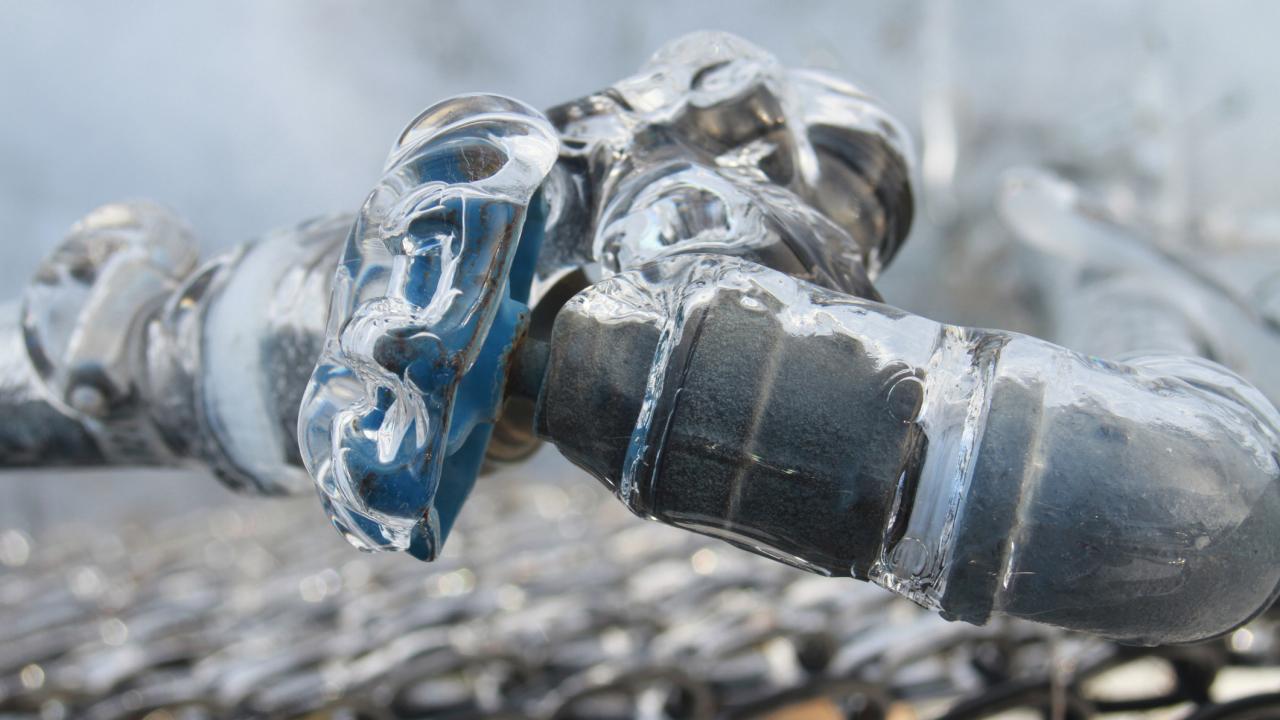Protecting Your Pipes from Freezing: Best Methods
Protecting Your Pipes from Freezing: Best Methods
Blog Article
The article which follows in relation to Helpful Tips to Prevent Frozen Pipes this Winter is without a doubt remarkable. Check it out yourself and decide what you think of it.

Cold weather can ruin your pipes, especially by freezing pipes. Here's how to stop it from taking place and what to do if it does.
Intro
As temperature levels decrease, the risk of icy pipes rises, potentially leading to pricey repair services and water damage. Comprehending how to stop frozen pipelines is essential for homeowners in chilly environments.
Prevention Tips
Shielding susceptible pipelines
Cover pipes in insulation sleeves or utilize warmth tape to safeguard them from freezing temperature levels. Focus on pipes in unheated or external locations of the home.
Home heating techniques
Keep indoor areas adequately heated up, particularly locations with plumbing. Open cabinet doors to allow cozy air to distribute around pipelines under sinks.
How to determine icy pipes
Try to find decreased water flow from taps, uncommon odors or noises from pipelines, and noticeable frost on exposed pipes.
Long-Term Solutions
Structural modifications
Take into consideration rerouting pipes away from exterior walls or unheated areas. Add additional insulation to attics, basements, and crawl spaces.
Upgrading insulation
Purchase high-grade insulation for pipelines, attic rooms, and wall surfaces. Correct insulation assists preserve constant temperatures and decreases the risk of icy pipelines.
Securing Outside Plumbing
Yard tubes and outside faucets
Disconnect and drain pipes garden hoses prior to wintertime. Install frost-proof faucets or cover outside faucets with protected caps.
Understanding Icy Pipes
What creates pipes to ice up?
Pipes ice up when exposed to temperature levels below 32 ° F (0 ° C) for prolonged durations. As water inside the pipelines freezes, it broadens, putting pressure on the pipeline wall surfaces and possibly creating them to rupture.
Risks and damages
Icy pipes can result in water supply disruptions, residential property damage, and pricey repair work. Ruptured pipelines can flooding homes and cause comprehensive structural damage.
Indications of Frozen Water Lines
Determining icy pipes early can avoid them from rupturing.
What to Do If Your Pipes Freeze
Immediate actions to take
If you think frozen pipelines, maintain taps available to ease pressure as the ice melts. Make use of a hairdryer or towels taken in hot water to thaw pipes gradually.
Final thought
Avoiding icy pipelines requires aggressive procedures and fast reactions. By recognizing the causes, indications, and safety nets, property owners can shield their plumbing throughout cold weather.
5 Ways to Prevent Frozen Pipes
Drain Outdoor Faucets and Disconnect Hoses
First, close the shut-off valve that controls the flow of water in the pipe to your outdoor faucet. Then, head outside to disconnect and drain your hose and open the outdoor faucet to allow the water to completely drain out of the line. Turn off the faucet when done. Finally, head back to the shut-off valve and drain the remaining water inside the pipe into a bucket or container. Additionally, if you have a home irrigation system, you should consider hiring an expert to clear the system of water each year.
Insulate Pipes
One of the best and most cost-effective methods for preventing frozen water pipes is to wrap your pipes with insulation. This is especially important for areas in your home that aren’t exposed to heat, such as an attic. We suggest using foam sleeves, which can typically be found at your local hardware store.
Keep Heat Running at 65
Your pipes are located inside your walls, and the temperature there is much colder than the rest of the house. To prevent your pipes from freezing, The Insurance Information Institute suggests that you keep your home heated to at least 65 degrees, even when traveling. You may want to invest in smart devices that can keep an eye on the temperature in your home while you’re away.
Leave Water Dripping
Moving water — even a small trickle — can prevent ice from forming inside your pipes. When freezing temps are imminent, start a drip of water from all faucets that serve exposed pipes. Leaving a few faucets running will also help relieve pressure inside the pipes and help prevent a rupture if the water inside freezes.
Open Cupboard Doors
Warm your kitchen and bathroom pipes by opening cupboards and vanities. You should also leave your interior doors ajar to help warm air circulate evenly throughout your home.

Do you appreciate reading up on Prevent Frozen Pipes ? Leave a short review down the page. We'd be delighted to see your thoughts about this blog entry. Hoping that you visit us again in the future. Are you aware of another individual who is enthusiastic about the niche? Take a moment to promote it. I cherish your readership.
Book-Now Report this page